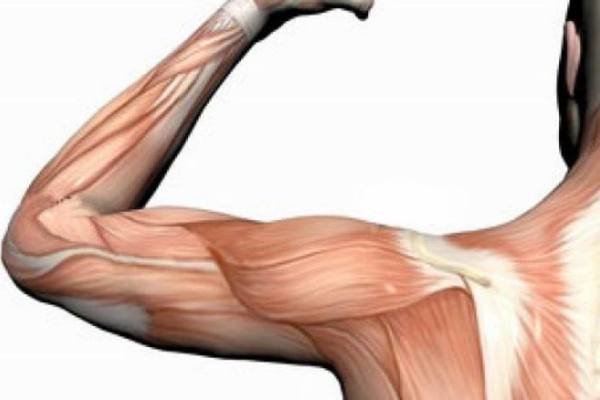Simzar Hosseinzadeh, the project manager, said a suitable enviorment was provided for conducting the reaseach by using conductive polymers, graphene nanosheets and graphene oxide for growing muscle cells outside of the body.
“The production costs for these scaffolds are much lower than similar models,” he said. “Furthermore, the side effects are also reduced due to the use of less additives.”
He went on to add, “graphene nanosheets and graphene oxide were applied to further increase conductivity as well as to improve the mechanical properties and biocompatibility of polyaniline.”
“With fewer nanoparticles we can obtain desirable levels of conductivity, mechanical properties and biocompatibility,” he added.
“First the graphene nanosheets and graphene oxide were synthesized under optimal conditions, then polyaniline polymeric nanofibers were produced by electrospinning method, and varying amounts of graphene nanosheets and graphene oxide were added to the nanofibers, and then the conditions for the synthesis of the final scaffold was provided,” he explained about the process.
According to observations, the adding of graphene nanosheets to the scaffolds increased their electrical conductivity which in turn increased cell differentiation. Furthermore, both graphene nanosheets and the graphene oxide showed a different behavior in reaction to this matter.





